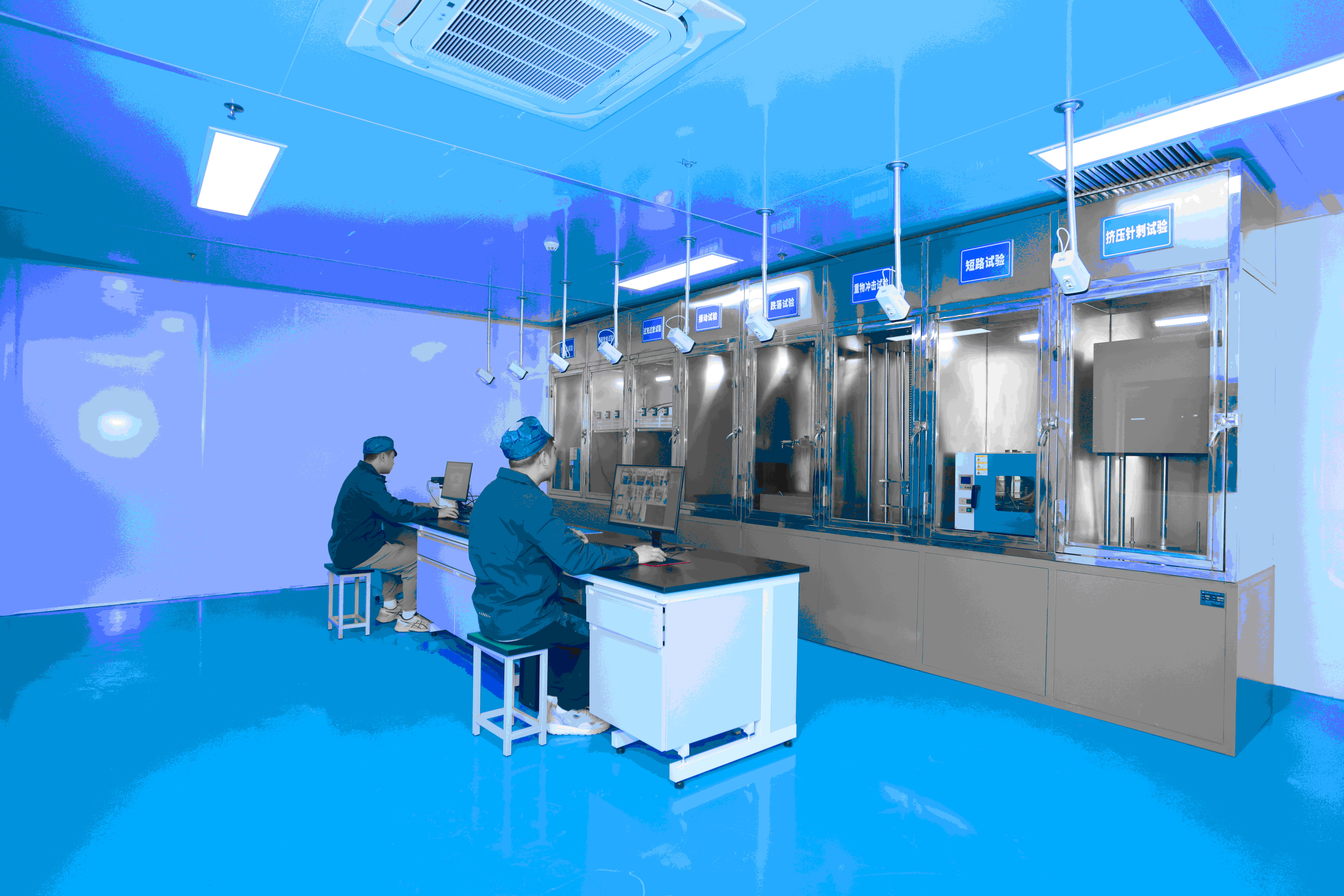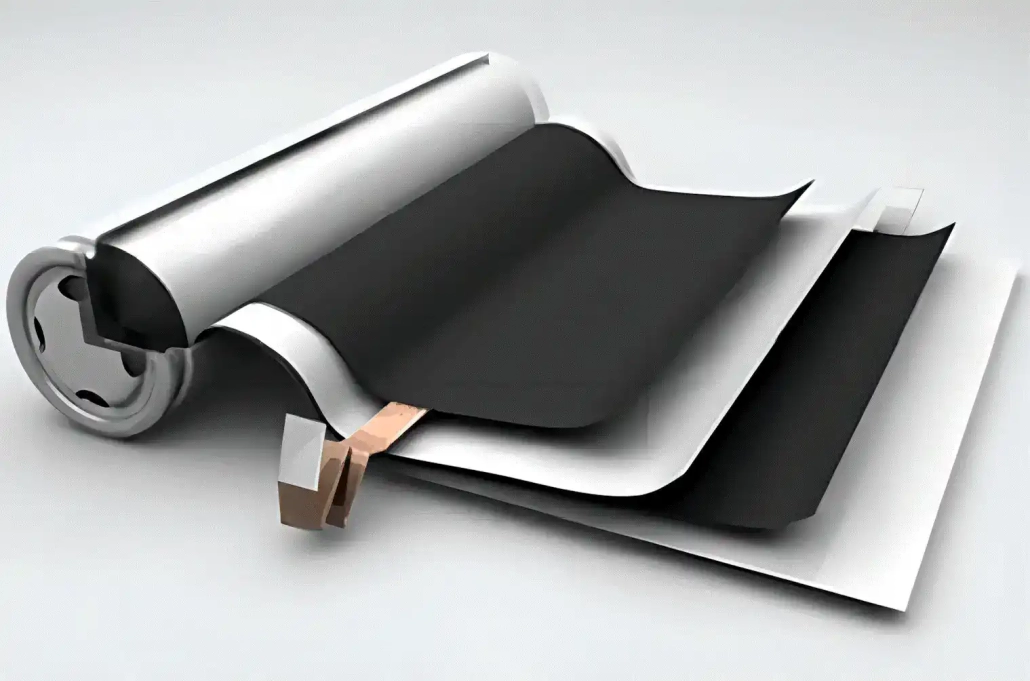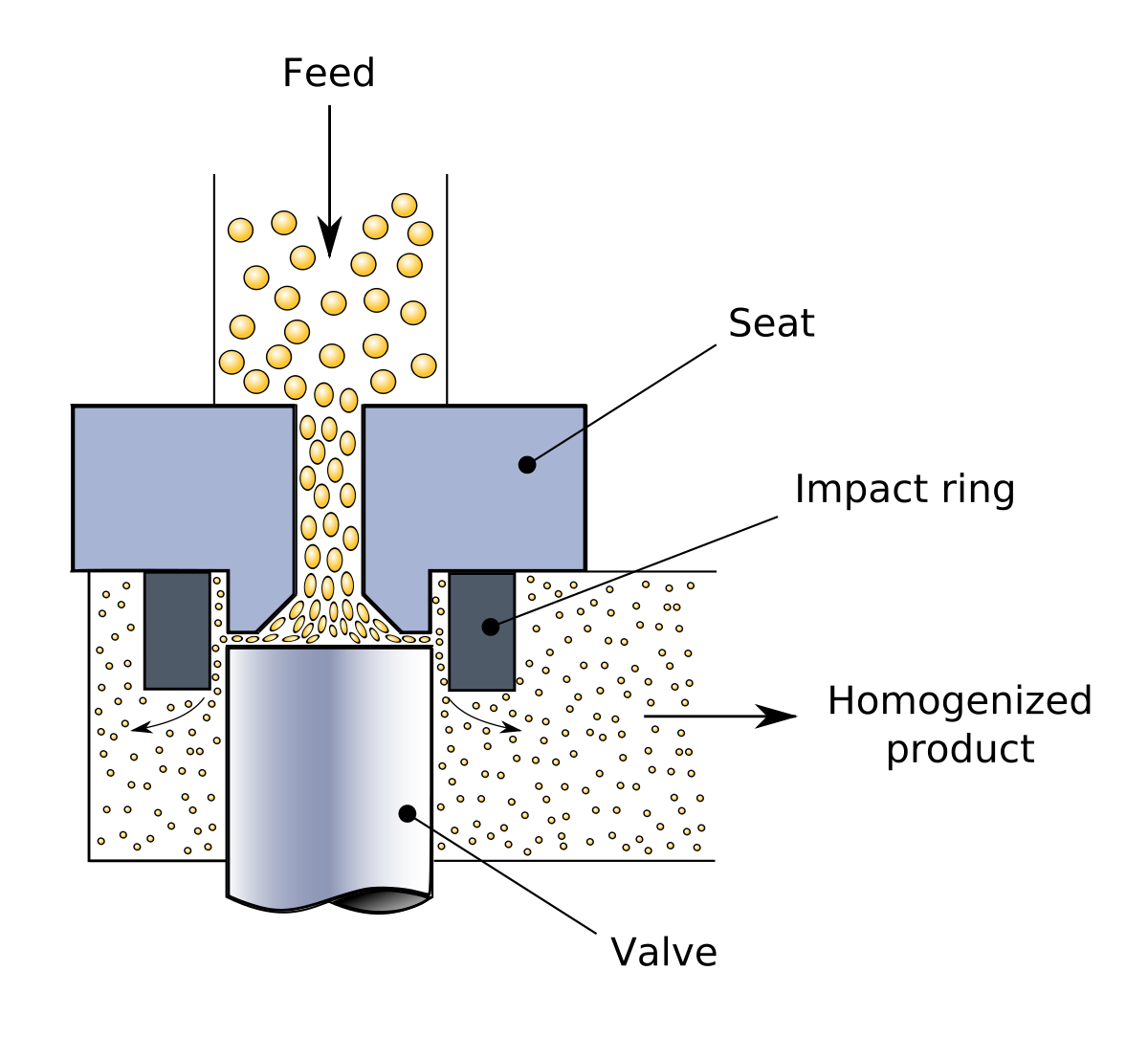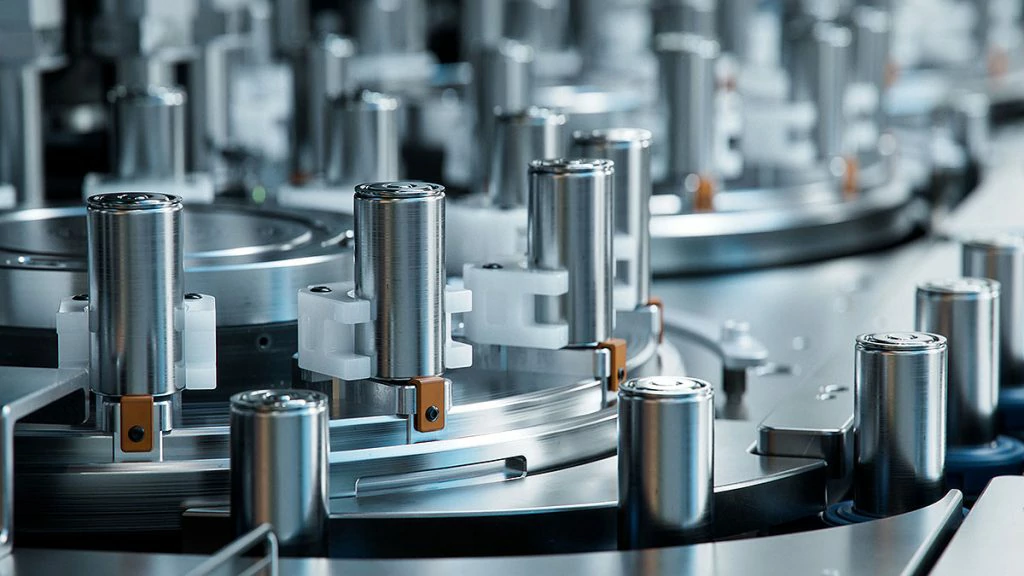Lithium-ion battery welding cap process
main content
Welding the cap is one of the core processes in the manufacturing of lithium-ion batteries. By welding the cap to the battery shell to form an airtight seal, it directly determines the battery's sealing performance, safety and long-term reliability. In the field of lithium-ion start-stop batteries for motorcycles, the welding cap process needs to take into account the challenges of high-frequency vibration, extreme temperature changes and complex working conditions. Technological breakthroughs and quality control in this process have become the key links to ensure battery performance. This article conducts an analysis from the dimensions of process principles, technological evolution, the particularity of motorcycle applications, and quality control.
1. Laser welding technology
Principle and advantages: By using a high-energy laser beam (wavelength 1064nm) to instantaneously melt the contact surface between the cap and the shell, a molten pool is formed and then cooled and crystallized to achieve a micron-level weld seam (width 0.20.5mm). Compared with traditional welding, the heat-affected zone (HAZ) of laser welding is controlled within 20μm, and the welding strength reaches 1200MPa, making it suitable for highly reflective materials such as aluminum alloys and stainless steel.
Process parameters: For the welding of motorcycle battery caps, a combination of pulse frequency of 60 to 650 KHZ, power of 40 to 120W, and pulse width of 20 to 200ns is often adopted to ensure consistent penetration depth (±5μm) and low spatter rate (≤3%).
2. Ultrasonic welding technology
The mechanism of friction welding: Through high-frequency vibration (20kHz), the metal molecules at the contact surface generate heat through friction, forming a solid-state metallurgical bond. It is suitable for the welding of aluminum-copper composite terminal posts, with an internal resistance as low as 0.5mΩ and no risk of melting and splashing.
Motorcycle compatibility: In scenarios with seismic resistance requirements, the shear strength of the weld seam welded by ultrasonic welding reaches 6kgf, which is 40% higher than that of laser welding. It is particularly suitable for the cap fixation of all-tab structure batteries.
3. Resistance welding and MicroTIG welding
Limitations of resistance welding: As the battery shells of motorcycles are mostly made of aluminum alloy (with high electrical conductivity), resistance welding is prone to cause shunt effects. It is only suitable for welding nickel-based materials and needs to be combined with gradient pressure (0.30.6MPa) to compensate for material deformation.
MicroTIG Innovation: Non-contact arc welding achieves the welding of dissimilar metals such as copper and aluminum through inert gas protection (Ar/N₂), with a porosity of the weld point ≤2%. However, it has a relatively high heat input and requires a water cooling system to control the shell temperature rise ≤15℃.
Ii. The Particularity of welding caps for motorcycle start and Stop batteries
1. Anti-vibration and explosion-proof design
Structural optimization: It adopts a split middle frame structure (Patent CN210200813U), and achieves dual anti-vibration through a silicone sealing layer and snap-on locking. The explosion-proof aluminum plate is designed with double-layer thinning grooves (0.21mm×60mm + 0.08mm top surface), and the burst pressure is precisely controlled at 1.21.5MPa, meeting the safety pressure relief requirements under the bumpy conditions of motorcycles.
Material matching: The shell is made of 6061T6 aluminum alloy (yield strength ≥270MPa), and the cap adopts CuAl composite electrode (Al1060 H14 + CuT2). The friction welding interface strength reaches 300MPa, which is suitable for stress transmission under high-frequency vibration.
2. Miniaturization and sealing challenges
Compact packaging: The volume of a motorcycle battery is only 1/5 that of a car battery. It requires a stepped inner cavity design. The laser welding trajectory is filled with a spiral line (diameter Φ4mm), and the space utilization rate is increased to 92%.
Sealing process: Double-layer sealing structure (inner O-ring rubber + outer epoxy resin adhesive) achieves IP67 protection level and can withstand immersion in a water depth of 3 meters for 30 minutes. The leak detection sensitivity of helium mass spectrometry for weld seams reaches 1×10⁻⁷Pa·m³/s, which is three orders of magnitude higher than the accuracy of traditional water detection.
Iii. Key Process Parameters and Intelligent Control
1. Laser welding parameter optimization
Dynamic parameter adjustment: Based on the digital twin model, the power curve is adjusted in real time. For example, when welding the battery cap of a motorcycle, the initial pulse power is 300W (penetrating the aluminum layer), and then it is reduced to 200W (stabilizing the molten pool), with the thickness of the heat-affected zone ≤20μm.
Visual positioning: Integrated with a 5μm resolution CCD system (such as the LN8541 sensor), with an error control of ±0.05mm, and in combination with a six-axis robotic arm, it achieves a welding efficiency of 36,004,000 PCS/h.
2. Online quality monitoring
Defect detection: The X-ray full inspection system (with a resolution of 5μm) analyzes the morphology of the molten core. A porosity of ≤2% is considered a qualified standard. The AI algorithm identifies defects such as false soldering and explosion, with a false detection rate of no more than 0.1%.
Process feedback: The pressure sensor monitors the welding pressure curve (standard range: 200-600N), and abnormal fluctuations automatically trigger the elimination mechanism to ensure that the CPK value is ≥1.67.
Iv. Technological Innovation and Industrial Trends
1. Intelligent upgrade
Adaptive adjustment: For instance, the adaptive fixture in the patent CN119658095A of Tianjin Tianyuan Technology can be compatible with caps of different sizes with a diameter of Φ1864mm. The model change time is ≤3 minutes, and the efficiency is increased by 50% compared with traditional equipment.
Function integration: Embedded optical fiber sensors are used to monitor the temperature in the welding area in real time (with an accuracy of ±2℃), and data is transmitted to the cloud BMS via a 5G module to achieve predictive maintenance.
2. Material and process innovation
Bio-based materials: The degradable rate of the modified polyurethane sealing ring with soybean oil is ≥85%. Combined with the low-temperature welding process (≤70℃), the comprehensive energy consumption is reduced by 30%.
All-solid-state battery compatibility: The semi-solid-state battery adopts in-situ curing technology, reducing the electrolyte content to 515%, decreasing the laser welding heat input by 40%, and increasing the capacity retention rate at 40℃ to 75%.
Conclusion
The technological innovation of the welding cap process is driving the iteration of motorcycle lithium-ion start-stop batteries towards high sealing and high shock resistance. Through the combined welding of laser and ultrasonic waves, intelligent detection systems and the collaborative application of environmentally friendly materials, modern battery packaging has broken through the traditional sealing bottleneck. In the future, with the popularization of 46 series large cylindrical batteries and breakthroughs in solid-state electrolyte technology, the welding cap process will be deeply integrated with thermal management and energy transmission functions, providing a more reliable "safety armor" for new energy motorcycles.
RELATED BLOG

START-STOP LITHIUM battery
Enov start-stop battery is designed to provide excellent performance for high-demand start-stop vaehicles. It adopts the third-generation intelligent lithium platform architecture to achieve technological breakthroughs in core indicators such as cycle life, environmental adaptability and energy density. Compared with the traditional lead-acid battery system, the energy efficiency is increased by 210%, the cycle life is extended by 8-10 times, and the monthly self-discharge rate is controlled within 3%. Enov's unique low-temperature battery technology makes a breakthrough in achieving stable output in the whole climate domain from -30℃ to 65℃, maintaining more than 90% of the effective capacity release under extremely cold conditions (-30℃), and maintaining 90% of the capacity in high temperature environments (65℃).
The start-stop battery series products cover the mainstream voltage platform of 12V/24V/48V, and support flexible configuration of LFP (lithium iron phosphate) and NCM (lithium nickel cobalt manganese oxide) dual-material system. All models adopt modular design to support customization of different model specifications. Enuo engineering and technical team to provide full cycle technical service support, if you need, please contact us.
Other products
UAV BATTERY
LITHIUM ENERGY STORAGE BATTERY
QUICK INQUIRY
FAQ
Access to high frequency technical questions with one click, get accurate answers on product application, after-sales policy and customization process.
Service and Support
Get the latest product specifications, explore professional OEM/ODM customization services, click to open exclusive technical support and production solutions.
Become a Partner
We sincerely invite resources to interconnect, work together for win-win development, and immediately open a new chapter of strategic cooperation!




